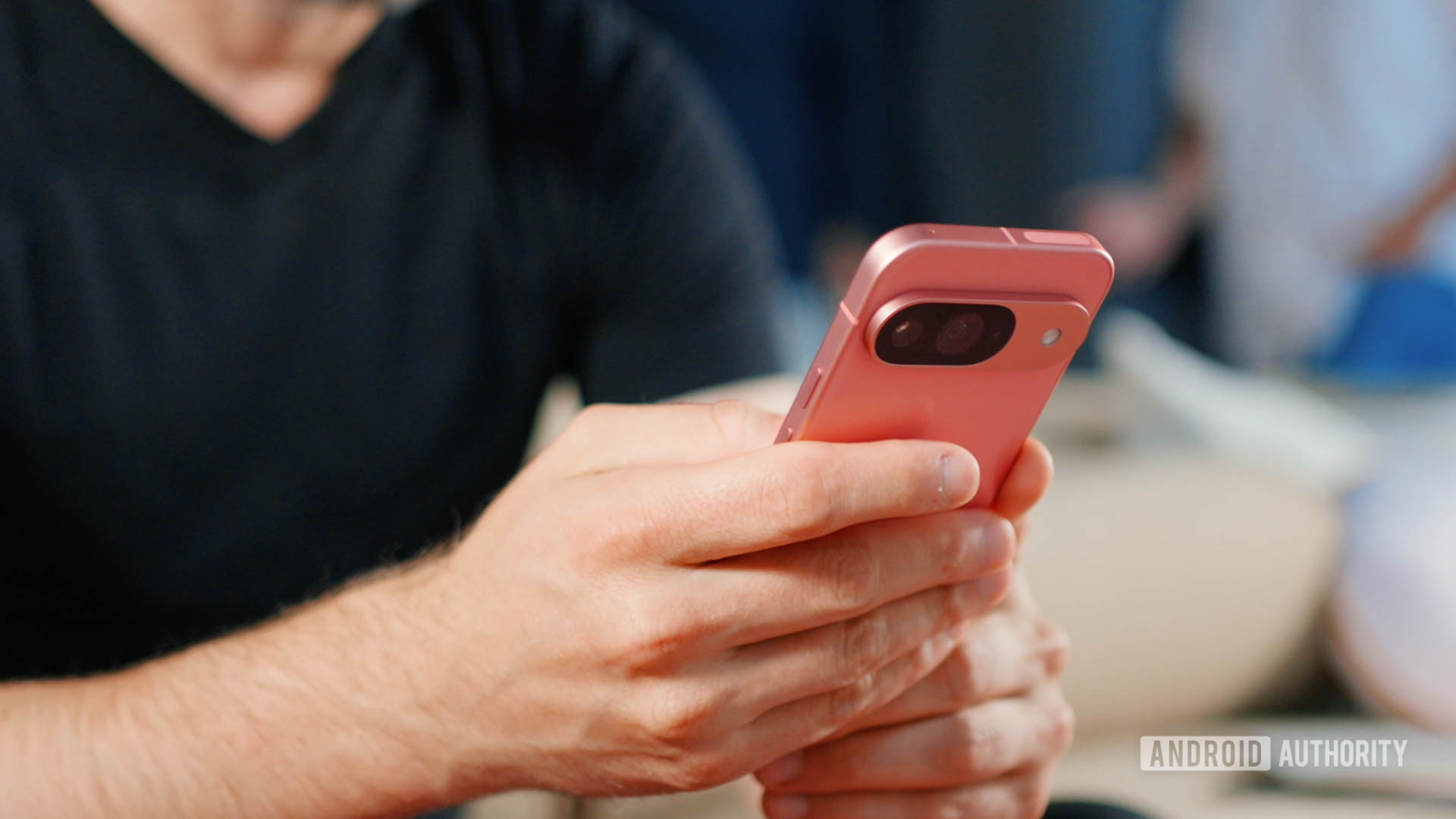
C. Scott Brown / Android Authority
Tl; Dream
- Google has submitted a patent for technology that detects gestures on the frame and back of a device.
- The patent notes that this may apply to a smartphone, tablet and more.
- This can allow users to adjust volume, scrub through a video and more without touching the screen.
Google Pixel phones Have long offered fast loss functionality, so you can double tap the back cover to start an action. Now a new patent reveals that Google is thinking of increasing ante.
Google submitted a patent with World Spirit Office (H/T: Obviously Apple) April 3, entitled “Utilize inactive touch points for gesture recognition and user interface configuration.” The patent describes the detection of user movements via a “presence sensitive house” on one unit. The submission notes that this can enable gestures at “Any exterior location” on the aforementioned unit, including the back.
The patent description points to several possible uses for this functionality:
Based on the identified common entrance, data unit performs one or more actions such as adjusting a volume setting, scrubbing video playback and changing a graphical user interface for the data processing unit (e.g.
The submission also notes that Google would use a machine learning model to filter out fake inputs, such as someone who just keeps your device or adjusts the grip.
Google notes specifically that the device can be a smartphone. However, the company adds that this feature can also apply to a tablet, laptop or desktop computer, smart speaker, ebook reader, SmartWatch and more.
Do you want gests on the phone’s frame and back cover?
0 votes
A touch-sensitive frame would be quite interesting as older Google Pixel phones (and HTC devices) offered clamping movements to activate Google Assistant and launch other actions. So this new patent can be a superpower version of the active edge function.
A touch -sensitive back cover would also be exciting. Upos N1 SMART phone In the early 2010s, a touch panel had integrated into the back cover so you could scroll, press and click via the back. This feature, which also appeared on Playstation Vita Handheld, fell on the roadside quickly, and we haven’t seen it on smartphones since then.

